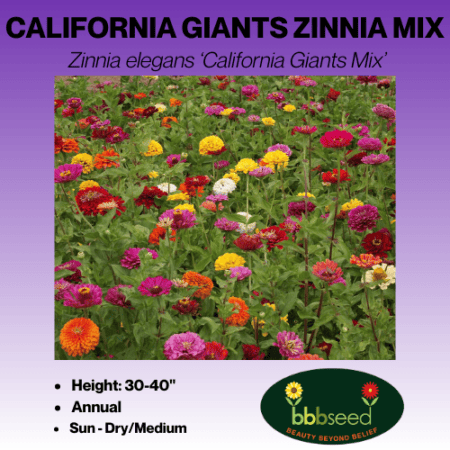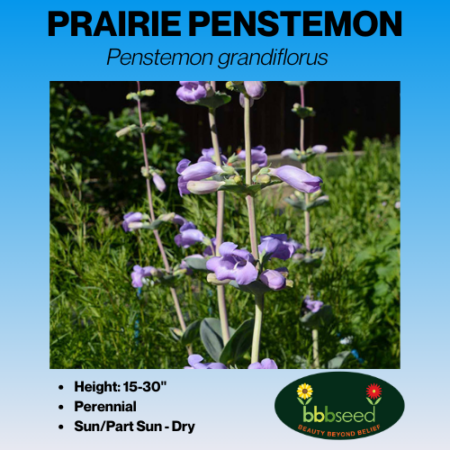Description
White Upland Aster, Aster ptarmicoides
This species is also sometimes classified as Solidago ptarmicoides or Prairie Goldenrod. White Upland Aster has flat-topped masses of white daisy-like flowers 3/4″ across on branched stems with lance-like leaves. This clump-forming perennial is great for dry areas and is a North American native to areas east of Montana and north of Texas.
Direct sow the seed of White Upland Aster in late fall, planting it just under the surface and watering it once. If directly sown in the spring, the seed must be stratified by mixing with moist sand and stored in the refrigerator for 6-8 weeks. To start the stratified seed indoors, sow it in a flat; keep the soil evenly moist and at a temperature of 65-70 degrees F until germination, which should take place within 14-20 days. Transplant the seedlings after the last frost of spring, placing them 18-24” apart. This plant prefers full sun and sandy or dry soil.
As a late-season source of pollen and nectar, asters provide the last opportunity for many bee colonies to forage. Aster pollen is a significant food source for late-season bees, butterflies, and other pollinators, including the next generation of bumblebee queens foraging before entering winter dormancy.
Color: White
Height: 18-24″
Type: Perennial
Climate: Sun-Dry
Seeds/lb.: 950,000
Rate: 1oz./960 sq.ft.
Bloom time: Summer to Late Fall
Zones: 4b-7b









Reviews
There are no reviews yet.